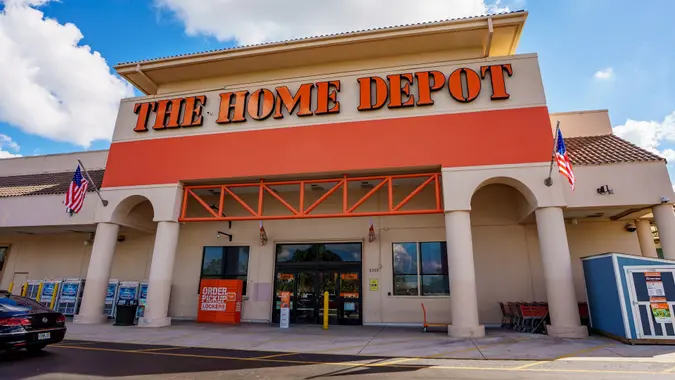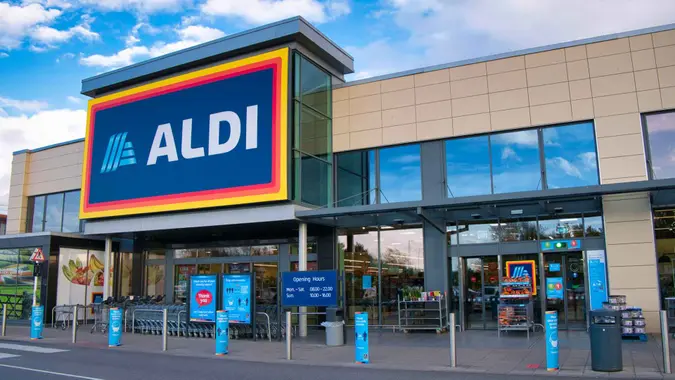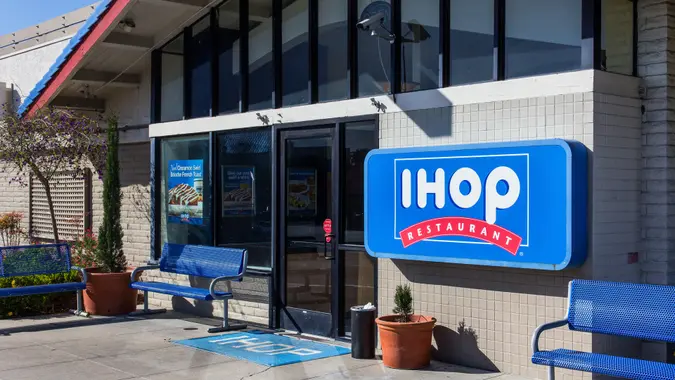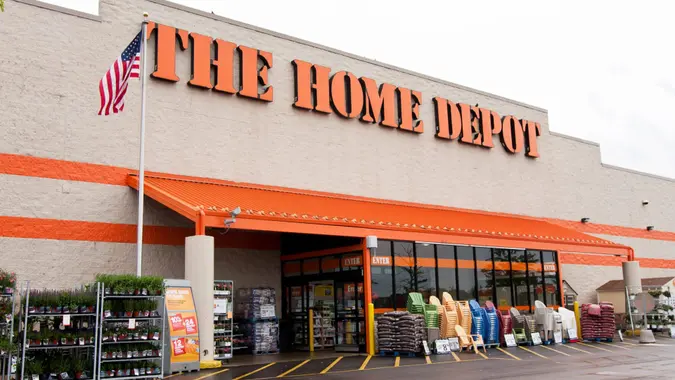What Is the Highest Income Level for SNAP Payments in November 2023?

Commitment to Our Readers
GOBankingRates' editorial team is committed to bringing you unbiased reviews and information. We use data-driven methodologies to evaluate financial products and services - our reviews and ratings are not influenced by advertisers. You can read more about our editorial guidelines and our products and services review methodology.

20 Years
Helping You Live Richer

Reviewed
by Experts

Trusted by
Millions of Readers
The U.S. Department of Agriculture made adjustments to the Supplemental Nutrition Assistance Program (SNAP) on October 1. To account for the change in the cost of living, the USDA increased SNAP income limits for the 48 states and D.C., Alaska, Hawaii, Guam and the U.S. Virgin Islands.
When applying for SNAP, your household’s income affects your eligibility for the program and your monthly benefit amount. Gross and net income must be at or below 130% of the federal poverty line. According to the USDA, SNAP counts cash income from all sources, including earned income before payroll taxes are deducted and unearned income, such as cash assistance and unemployment insurance.
Some states also have resource limits, which are resources available to the household, such as amounts in bank accounts. Inaccessible items, including the household’s home, retirement savings and personal property, do not count. Currently, households may have $2,750 in countable resources or $4,250 if at least one member of the household is age 60 or older or is disabled.
As stated by the Center on Budget and Policy Priorities, SNAP expects households receiving benefits to spend 30% of their net income on food. Families with no net income receive the maximum benefit. For households with net income, the monthly SNAP benefit equals the maximum benefit for that household size minus 30% of the household’s net income.
Here is the November 2023 gross monthly income limit for U.S. households at 130% of the poverty level for the 48 states and D.C., Alaska, Hawaii, Guam and the U.S. Virgin Islands:
| Household Size | 48 States, D.C., Guam and Virgin Islands | Alaska | Hawaii |
| 1 | $1,580 | $1,973 | $1,817 |
| 2 | $2,137 | $2,670 | $2,457 |
| 3 | $2,694 | $3,366 | $3,098 |
| 4 | $3,250 | $4,063 | $3,738 |
| 5 | $3,807 | $4,063 | $4,378 |
| 6 | $4,364 | $5,456 | $5,018 |
| 7 | $4,921 | $6,153 | $5,659 |
| 8 | $5,478 | $6,849 | $6,299 |
| Each additional member | $557 | $697 | $641 |
However, not all states use the federal income and asset limits for SNAP.
According to mRelief, 44 states and territories use a different income and/or asset limit through a policy called Broad-Based Categorical Eligibility. Some states — including California, Colorado, D.C., Massachusetts and more — have a gross income limit for food stamps at 200% of the federal poverty level.
 Written by
Written by  Edited by
Edited by 

























